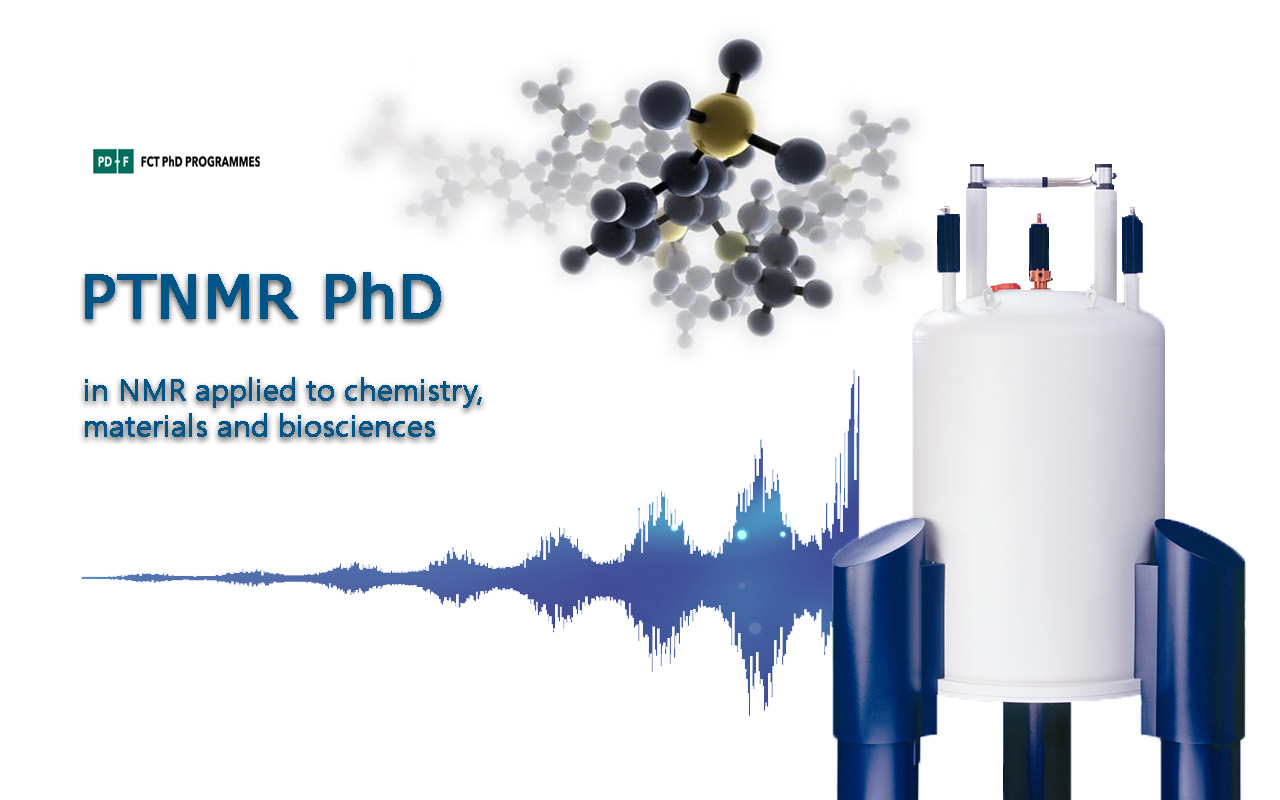Research Project 6 (2019) - Details
Title: NMR and EPR study of the interaction of 3-hydroxy-4-pyridinone chelates with Biological Membranes
Ligands of the 3-hydroxy-4-pyridinone class and their metal ion chelates find application in the fields Drug Design and Plant Nutrition. NMR and EPR will be used to gather information about their interactions with of biological membranes.
The knowledge of the interactions of drugs/nutrients with biological membranes could allow for a better understanding of the mechanisms of delivery, transport, bio-distribution and retention of these substances in the organized media of cellular membrane. This understanding contributes to the discovery, design, and screening of novel therapeutic/nutrient agents.
For study of drug-membrane interactions a number of important spectroscopic (NMR, NS, EPR, FS) techniques can be used. Among them, NMR holds a prominent place for being nondestructive, highly reproducible and sensitive to structural details of molecules and molecular conjugates method, which can be used for both qualitative and quantitative characterization purposes, due to the large number of spectral parameters that can be measured and analyzed. Current NMR methods can provide comprehensive, valuable information on the dynamic, chemical structure, intermolecular interactions, binding and exchange processes in complex systems.
EPR and FS are complementary techniques that can be used for structural characterization of bio-membranes and study of transport and permeation of drugs across biological membranes. The use of spin-labels and with chemical substituents of variable lengths and fluorescent probes are valuable to give topological information on molecular distribution inside bio-membranes.

